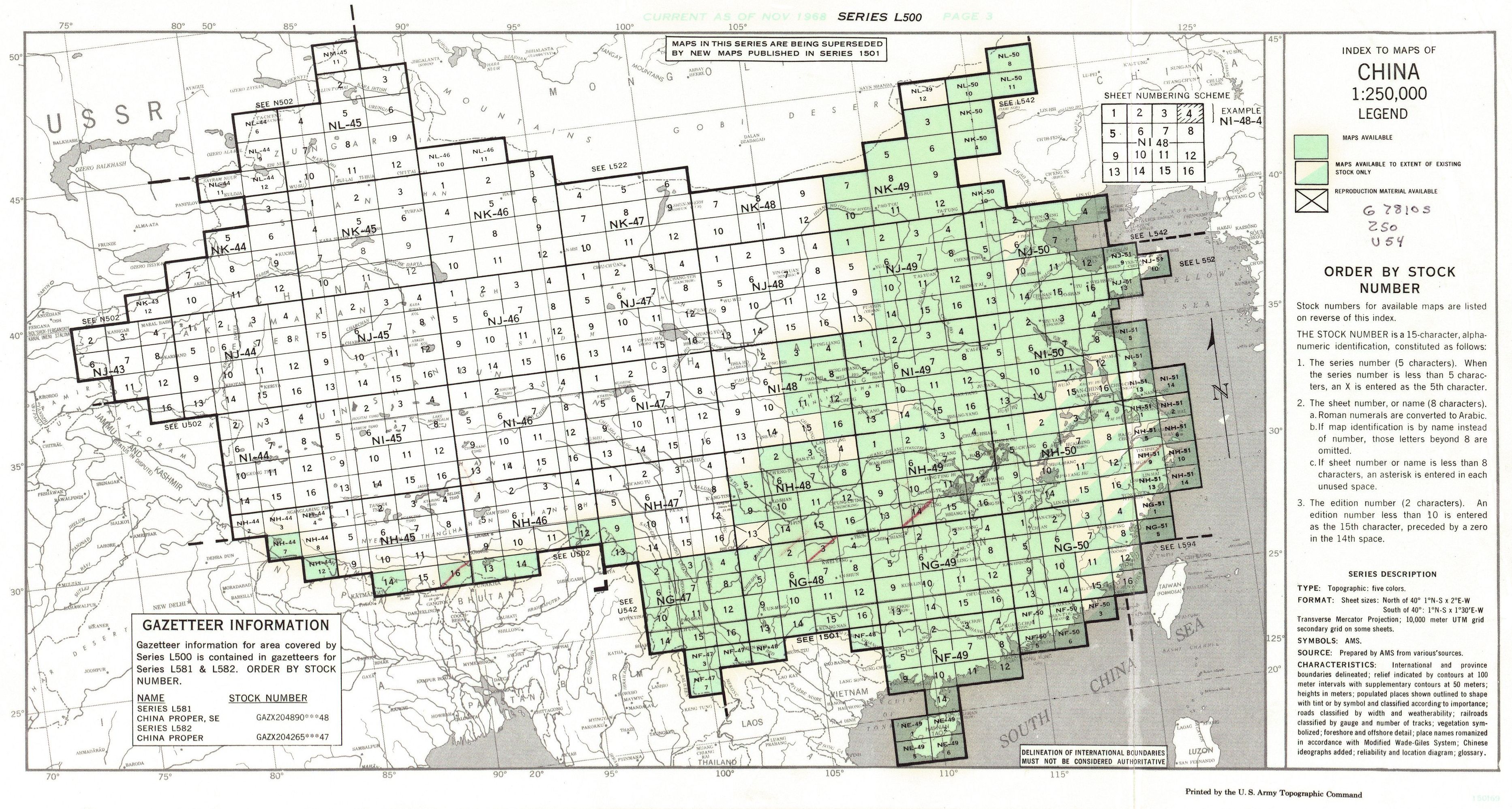Abstract:
This report provides an in-depth analysis of topographic services in Dallas, TX. Topography plays a crucial role in various sectors, including urban planning, architecture, civil engineering, and environmental studies. By accurately mapping the Earth's surface through advanced technology, topographic services offer valuable information about the terrain, elevation, and features of a particular area. This report explores the importance of topography, discusses the various applications of topographic services in Dallas, TX, and highlights the key mapping technologies and methodologies utilized. Additionally, the report provides insights into the challenges faced and future perspectives for topographic services in the region.
- Introduction:
Topography, derived from the Greek words "topos" (place) and "graphien" (to write), is the study and mapping of the Earth's surface features. Accurate topographic data is vital for multiple disciplines and industries. In Dallas, TX, topographic services play a significant role in urban planning, infrastructure development, land management, environmental assessment, and much more.

- Importance of Topographic Services:
Topographic services are crucial for numerous applications in Dallas, TX. With accurate maps and elevation data, developers, city planners, and engineers can make informed decisions during development projects, ensuring optimal land use and efficient utilization of resources. Topographic maps also aid in floodplain management, identifying potential environmental risks, and preserving natural resources.
- Applications of Topographic Services in Dallas, TX:
- 1 Urban Planning and Architecture:
Topographic services provide essential information for urban planners and architects in designing and developing cities. By mapping the existing terrain, planners can identify suitable locations for infrastructure, assess potential drainage issues, and optimize architectural designs based on the topographic landscape.
- 2 Civil Engineering and Infrastructure Development:
In civil engineering projects, topographic data is crucial for determining the feasibility of infrastructure development. Bridge and road construction, utility planning, and drainage system design heavily rely on accurate topographic maps. These maps help identify potential challenges, such as existing structures, water bodies, or steep slopes.
- 3 Environmental Studies and Conservation:
Topographic services assist environmental experts in mapping and monitoring ecosystems, wetlands, and wildlife habitats. By analyzing the terrain, gradient, and elevation, scientists can identify vulnerable areas prone to erosion, support ecological conservation efforts, and assess the impact of human activities on the environment.
- Mapping Technologies and Methodologies:
- 1 Aerial Photogrammetry:
Aerial photogrammetry involves capturing images from an elevated perspective to create accurate topographic maps. This technique employs drones, airplanes, or satellites equipped with high-resolution cameras. Advanced software processes the images into digital elevation models (DEMs) representing the topographic features.
- 2 Light Detection and Ranging (LiDAR):
LiDAR technology uses laser pulses to measure the distance between the sensor and the Earth's surface. By calculating the time taken for the laser to return, LiDAR creates highly precise digital elevation models. This technology is widely used in large-scale projects and urban areas due to its rapid data collection capabilities.
- 3 Global Navigation Satellite Systems (GNSS):
GNSS, such as Global Positioning System (GPS), is frequently used in topographic surveys to determine accurate positioning and elevation information. By integrating multiple satellite signals, GNSS receivers can determine precise coordinates, enabling technicians to map the terrain accurately.
- Challenges and Future Perspectives:
Despite the advancements in topographic services, challenges persist. Limited accessibility to certain areas, vegetation cover, and the high cost of advanced equipment are some challenges faced by topographic service providers in Dallas, TX. However, with ongoing technological advancements, such as the integration of Artificial Intelligence and Machine Learning, these challenges are expected to be mitigated. Future developments will likely involve the utilization of advanced satellite imagery, improved LiDAR systems, and cloud-based processing for faster and more accurate
Topographic Service Dallas TX mapping.
- Conclusion:
Topographic services in Dallas, TX, are of utmost importance for urban planning, engineering projects, and environmental studies. With the help of advanced technologies like LiDAR and aerial photogrammetry, accurate and detailed topographic maps can be created, assisting professionals in making informed decisions. However, challenges such as accessibility and cost need to be addressed for wider adoption and advancement of topographic services. The future holds great potential with the integration of innovative technologies, enabling more efficient and effective topographic mapping in Dallas, TX.